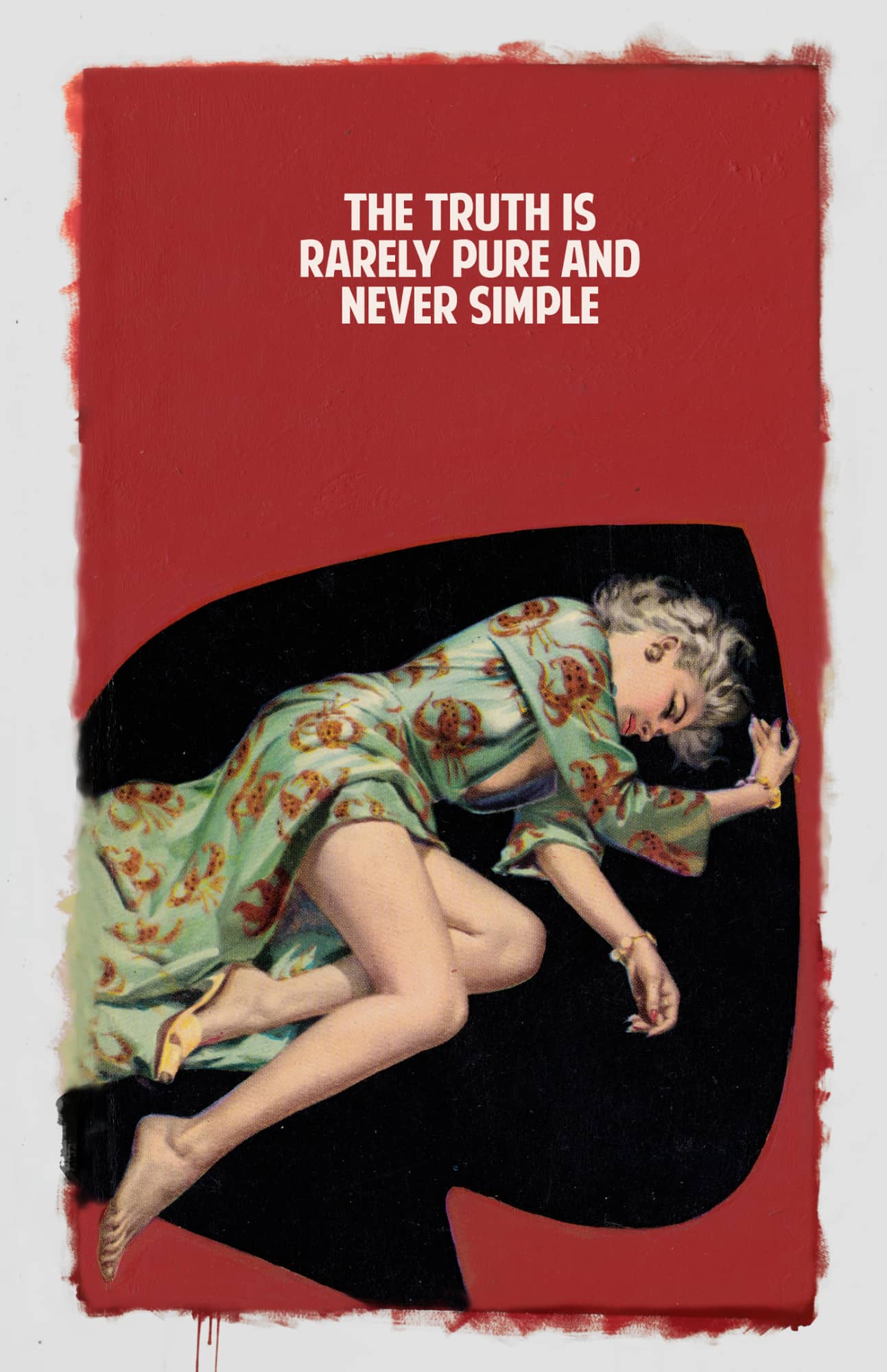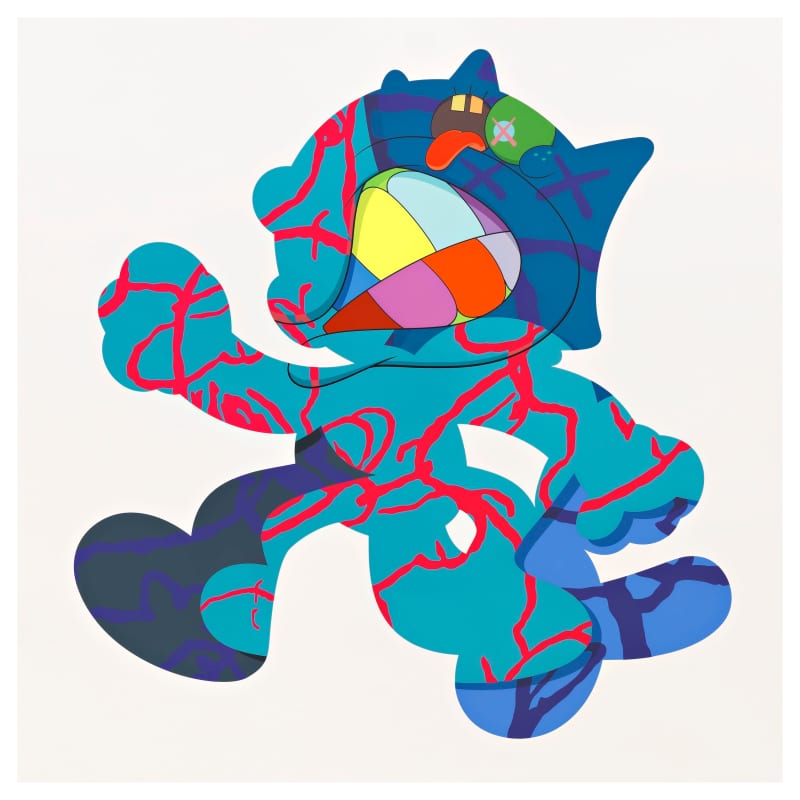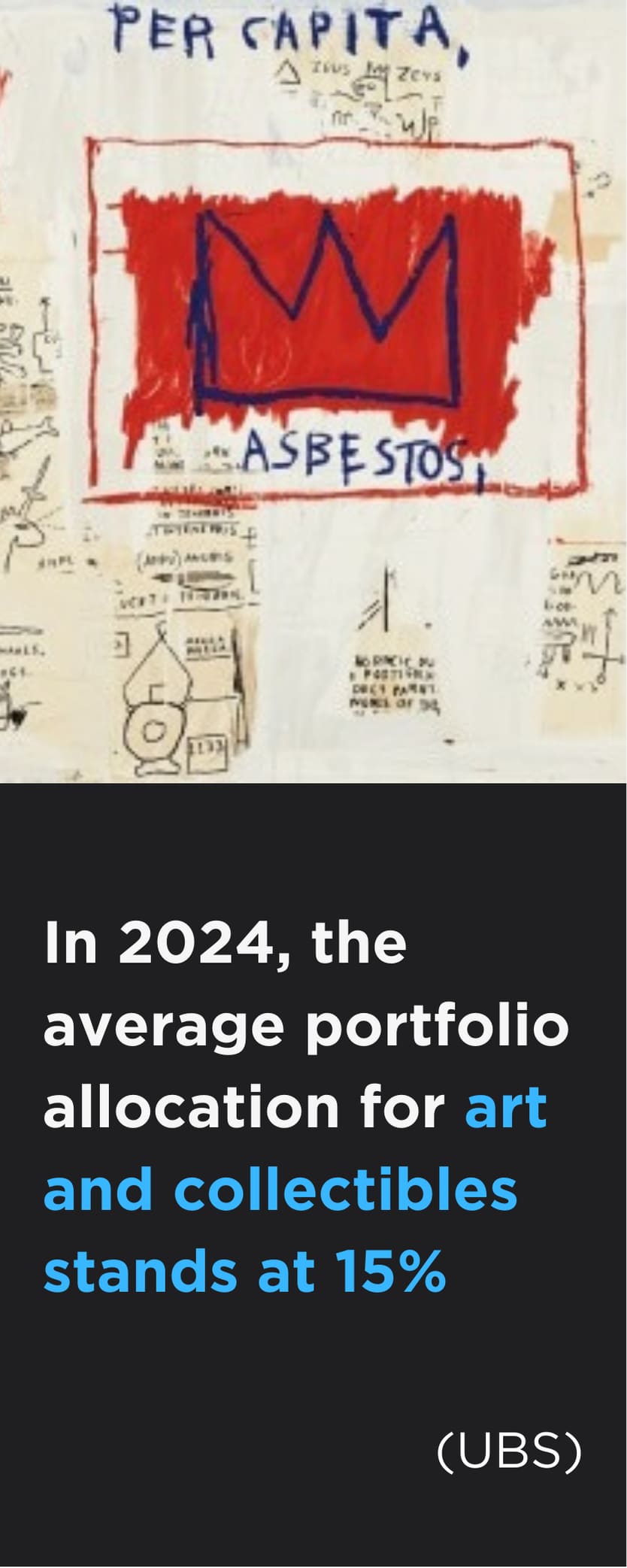Experienced collector and Maddox CEO, John Russo explains why the limited edition print market is on the rise and why the medium is an essential buy for every collector.
Over the past five years, the prints and edition market has grown exponentially. With a multitude of reasons behind this rapid growth, we spoke to Maddox CEO, John Russo, to understand how limited edition prints became so popular and why he thinks every collector should ensure that prints feature in their collection.

MADDOX GALLERY CEO, JOHN RUSSO
Rarity
“Collectors have long underestimated the value of prints and perceived their multiplicity as something that takes away from the works’ rarity. However, limited edition prints - especially those that come in small editions – often retain and grow in both desirability and value, andacquiring them can often providean equal thrill to purchasing a one-off artwork. When an artist obeys the 'rule of scarcity' their print market will always be in demand”.
For many art collectors, the worth of an art object lies not only in its aesthetic value, but also the work’s uniqueness. Russo notes that “there is a certain enjoyment in possessing something exclusive and highly coveted, knowing there is only a select group of people around the world who own it”, and this is something the limited edition print market has perfectly tapped into. By creating prints in limited numbers, the artwork can retain both its status as an art object, while being more affordable than a one-off painting.
Producing prints in batches of 3, 10 or even 100, contemporary artists, like the Miaz Brothers, Jerkface and The Connor Brothers, understand that scarcity is the key to success and with demands for prints increasing but edition numbers staying the same, there is no doubt the market for prints will continue to prosper.
Accessibility
“The limited edition print market is an excellent way of acquiring works from blue-chip artists at an accessible price. Prints serve to prove that you don’t have to be a billionaire to buy a Basquiat”.
For novice collectors, the idea of boasting an array of Jean-Michel Basquiat’s and Keith Haring’s seems like a far-off dream, and if the collector is set on purchasing original drawings, then this probably is the case. However, prints allow collectors to acquire original works by blue-chip artists at a quarter of the price of their hand-made art. Comparatively affordable and still authentic and original, acquiring prints are the perfect way to build an impressive collection.

KEITH HARING, FERTILITY SUITE, UNTITLED 4, 1983
Practicality
“The physical practicality of prints has lent itself to the burgeoning art investment market. They are incredibly accessible as a medium. It is much easier to buy, ship and store a couple of prints than to find space in your home for new sculptures every time your favourite artist releases a new body of work”.
With the pandemic causing the art world to shift from the physical to the digital realm for the foreseeable, prints have become even more practical, providing a solution to many of the new complications buying art online has posed. With some collectors uncomfortable with spending large amounts of money online without physically seeing an artwork, the lower price point of prints makes them the obvious choice for collectors wanting to experiment.
Their inherent form also makes them a favourite for collectors purchasing through e-commerce. From just one digital image, the viewer can easily comprehend a print’s style, form and size, in a way that is not necessarily possible for other three-dimensional art forms.
Knowledge
“If you consider yourself a data-driven buyer, procuring prints is a great option. With the published sales of directly comparable prints readily available, getting a sense of a print’s market value before purchasing is much easier than that of a one-off painting”.
For the collectors who tend to lean towards facts and figures, rather than matters of the heart, buying a secondary market print is a seamless affair. With other prints from that same release having undoubtedly been sold before, you can discover a rough market estimate for a limited edition print within a number of clicks. Although, you may need an expert to advise on provenance and condition, acquiring secondary market prints is a great way to enter into collecting as you can be sure of how much you should be paying.
Demand
“The recent success of the limited edition print market shows that as a medium they are an excellent asset. In 2020 alone, the Banksy limited edition print market has grown exponentially, with the average prices for signed and unsigned prints rising. The figures suggest that unsigned Banksy prints actually became more desirable than those that were signed. This can be explained by both the affordability and the availability of Banksy’s unsigned prints, but ultimately that limited edition prints, signed or unsigned, are a valuable asset ”.
Whether it be for their practicality, affordability, or the rise in art investment, there are a multitude of reasons why limited edition prints are becoming so popular. 2020 saw Banksy prints increase dramatically, during a time where the FTSE 100 fell to the lowest it had been in over a decade.
Russo also notes that the success of the limited edition print market “will certainly help rising artists establish a loyal fan base”, pointing out that “Jerkface, for example, is a rising star in the art world but his limited releases already sell out with minutes. The rarity and demand for his prints makes his work even more desirable, and we can only imagine how this will increase over time. I'm proud to say I have three of his prints in my home!”


















